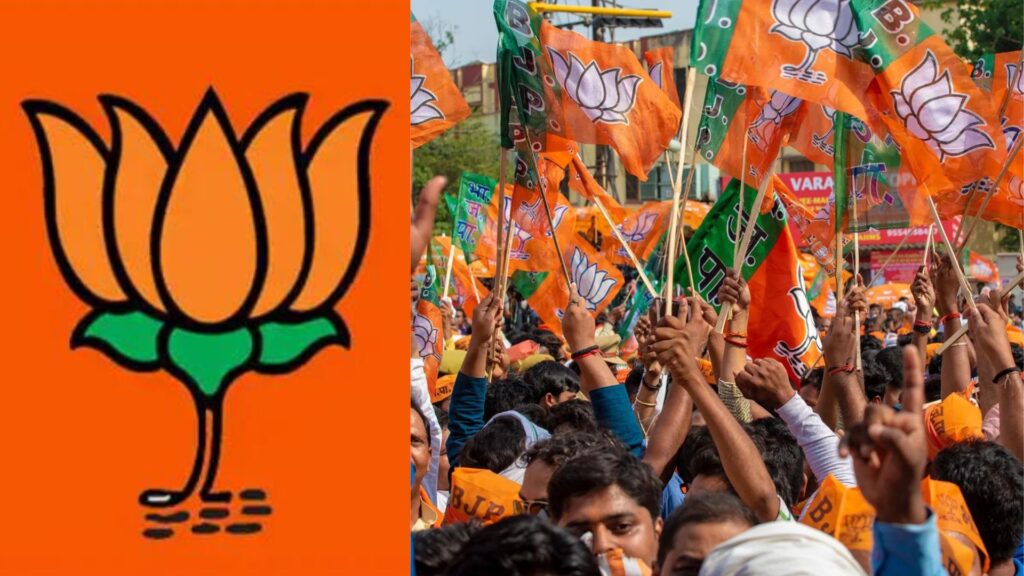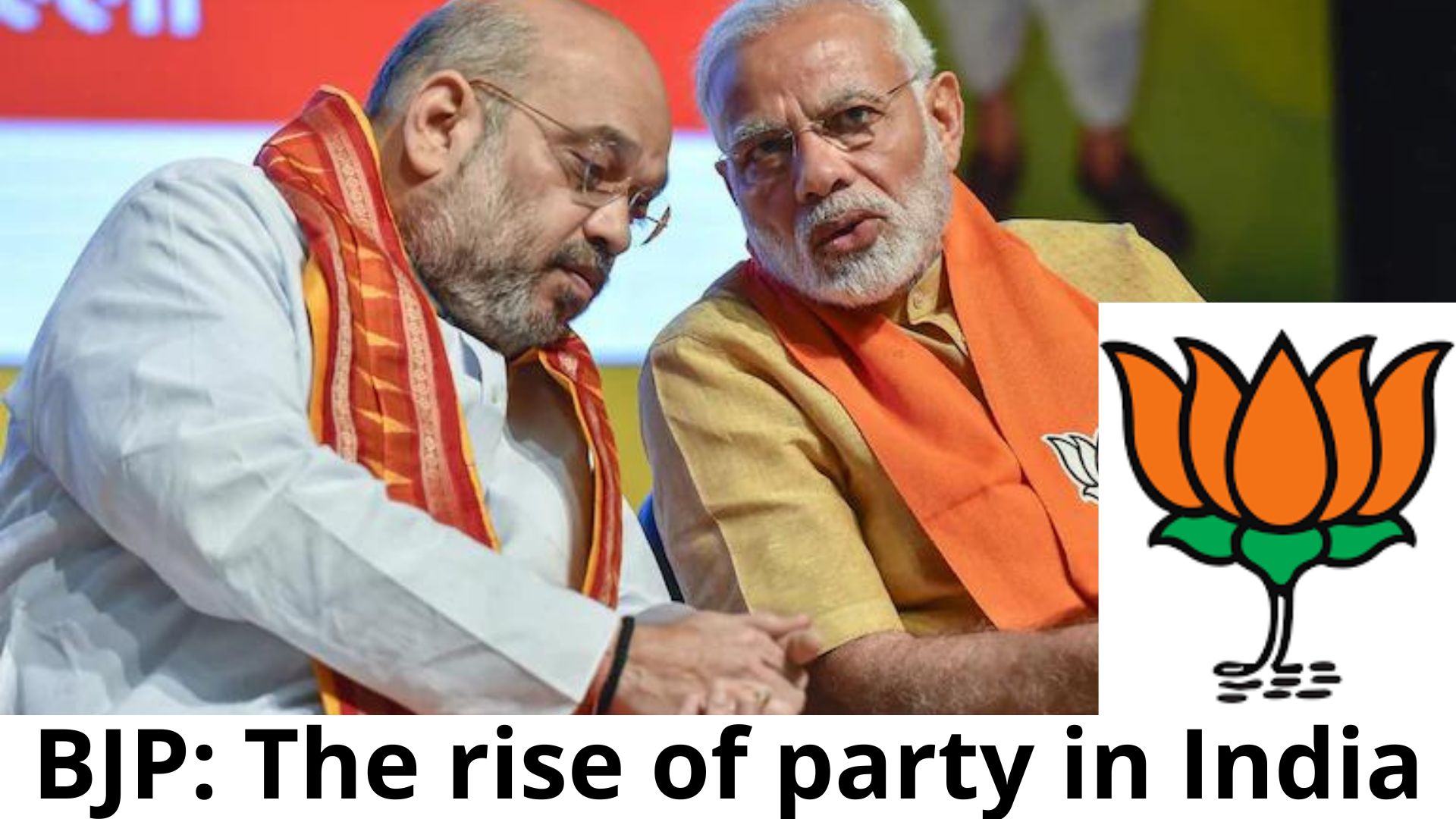BJP, the conservative Indian nationalist and Hindu nationalist party, was founded in 1980. Since then, it has grown in strength and popularity, becoming the ruling party of India in 2014. BJP’s victory was largely due to its support among Hindu voters, as well as its promise of economic development and good governance.
BJP’s rise to power in India is a significant development in Indian politics. For the first time, a right-wing party with strong Hindu nationalist roots has come to power in the world’s largest democracy. This is a major shift from the secular and left-leaning Congress Party, which had been in power for most of India’s post-independence history. BJP’s victory is also seen as a mandate for its economic development agenda, as well as its tough stance on terrorism.
Introduction: BJP in India
Since the early 1990s, the Bharatiya Janata Party (BJP) has been the dominant political party in India. The BJP is a right-wing party that espouses Hindu nationalist and conservative policies. Under the leadership of Prime Minister Narendra Modi, the BJP has pursued an aggressive agenda of economic reform and cultural conservatism.
The BJP first came to power in 1996, but it was ousted by the Congress Party in 2004. The party returned to power in 2014, and has since pursued an ambitious agenda of economic reform and cultural conservatism. The BJP’s success is due in part to its strong organisation and cadre of committed supporters. The party also benefits from the support of powerful business interests and Hindu nationalist groups.
The BJP’s rise to power has been accompanied by a surge in Hindu nationalist sentiment in India. This has led to increased tensions between Hindus and Muslims, as well as between Hindus and other minority groups such as Christians and Sikhs. The BJP’s critics accuse it of fomenting division and polarising Indian society along religious lines.
When did they rise to power?
The Bharatiya Janata Party (BJP) is a right-wing political party in India. The party was founded in 1980, and it rose to prominence after leading the Ram Janmabhoomi movement in the early 1990s. The BJP came to power for the first time in 1996, but it was short-lived. The party returned to power in 1998, and has been in power ever since.
The Bharatiya Janata Party (BJP) is the party with a difference. It believes in the philosophy of integral humanism which envisages the complete development of every human being. The BJP’s mission is to build an India where economic prosperity and social harmony go hand-in-hand.
Why did they rise to power?
The Bharatiya Janata Party (BJP) is one of two major political parties in India, along with the Indian National Congress. The BJP rose to power in 2014, after winning a plurality of seats in the Lok Sabha (the lower house of the Indian parliament), following a period of rule by the Congress party.
The BJP’s rise to power was due to a number of factors, including public dissatisfaction with the Congress party’s handling of corruption and economic issues, as well as the appeal of the BJP’s nationalist and Hindu-centric rhetoric. In addition, the BJP benefited from a strong campaign led by Prime Minister Narendra Modi, who is widely popular among Indians.

Since coming to power, the BJP has pursued an aggressive agenda, seeking to promote Hindu nationalism and Hindutva (Hindu supremacy). This has led to increased tensions with India’s minority communities, particularly Muslims. In spite of this, the BJP remains popular among many Indians, and is likely to continue to be a major force in Indian politics for years to come.
What is the Modi Government?
The Modi government is the BJP-led government in India headed by Prime Minister Narendra Modi. As of 2019, it is the second term of the Modi government.
The BJP is a right-wing party, and its policies reflect that ideology. The party’s economic policies are based on free market principles, and it favours privatisation of many industries. It also supports Hindu nationalist causes. The BJP has been accused of being anti-Muslim, and there have been several incidents of violence against Muslims during its tenure.
Despite these controversies, the Modi government has been widely praised for its economic stewardship. Under the Modi government, India has seen strong economic growth, and poverty levels have declined significantly. The Modi government has also made strides in improving infrastructure and education.
Challenges facing the Modi Government
The Modi government has faced a number of challenges since it came to power in 2014. These include:
1) The challenge of managing the economy:-
The Indian economy has been facing some challenges in recent years, including high inflation, slow growth and a large fiscal deficit. The Modi government has been working to improve the economy, but it has not been easy.
2) The challenge of dealing with Pakistan:-
Pakistan is a key neighbour of India and the two countries have a long history of conflict. The Modi government has been working to improve relations with Pakistan, but there have been several setbacks, including the 2016 attack on an Indian army base in Kashmir and the continued violence in Kashmir.
3) The challenge of dealing with China:-
China is another important neighbour of India and the two countries have also had a long history of conflict. In recent years, relations between India and China have improved, but there are still some areas of tension, such as the border dispute in the Himalayas.
4) The challenge of dealing with corruption:-
Corruption is a major problem in India and it is something that the Modi government has pledged to tackle. However, progress has been slow and there have been some high-profile corruption scandals under the Modi government.
5) The challenge of creating jobs:-
One of the key promises of the Modi government was to create millions of new jobs. However, job creation has been slow and unemployment remains a major problem in India.
Conclusion
The BJP’s rise to power in India has been meteoric, and it shows no signs of slowing down. The party’s Hindu nationalist agenda and its commitment to economic development have resonated with the people of India, who have overwhelmingly voted for the BJP in recent elections. With the BJP in control of both the central government and a majority of state governments, it looks like Hindu nationalism is here to stay in India.

